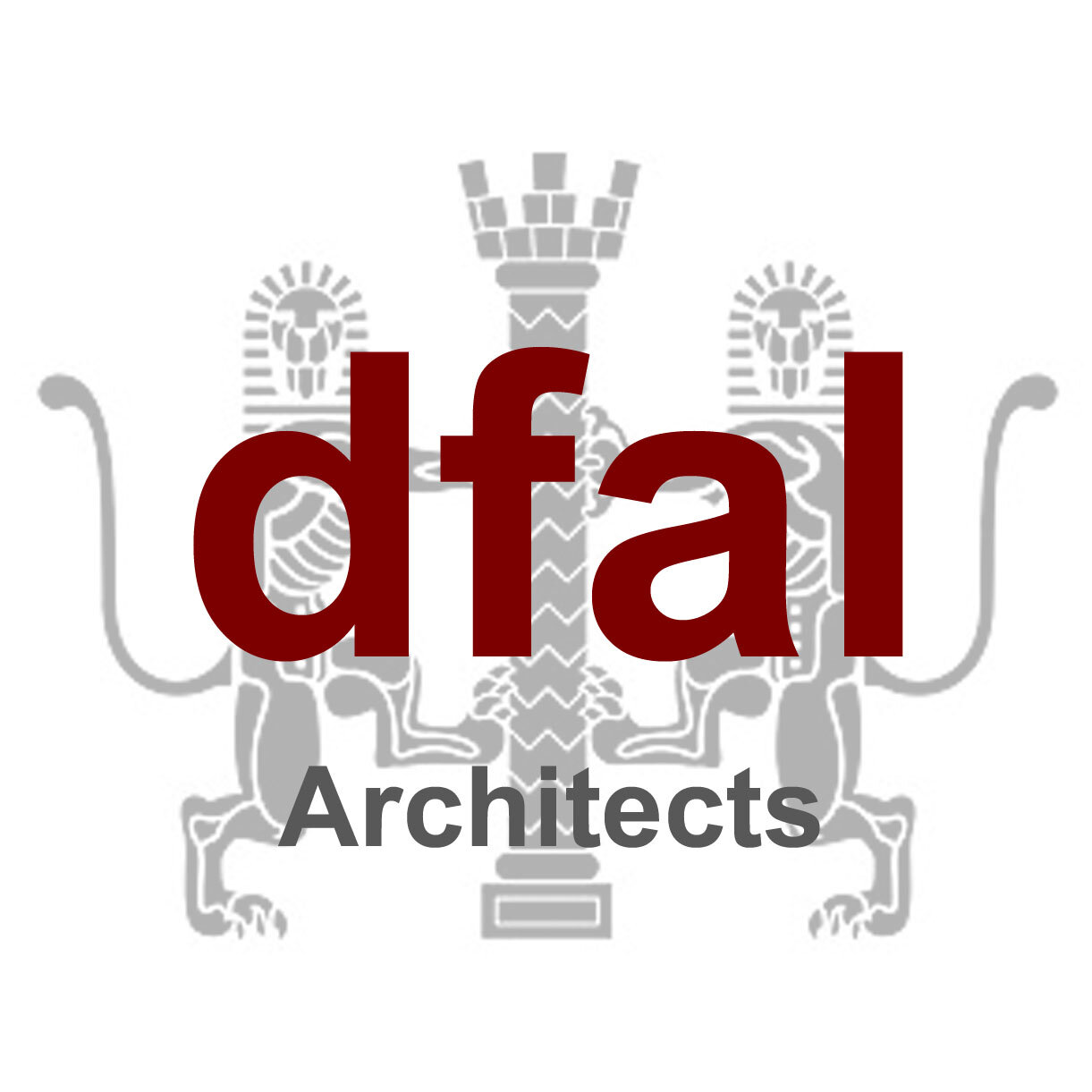Greater Norwich Local Plan Update 15.03.2024
The GNLP, recently adopted by Norwich City Council and set for adoption by South Norfolk and Broadland District Councils, introduces Policy 7.5, enabling up to 3 self-build plots adjacent to existing developments. However, proposals must adhere to stringent criteria, including housing density, landscape impact, and compliance with planning policies. Applicants must register on the Self-Build register, with fees varying by authority. Despite potential for 800 homes by 2038, ambiguity in policy wording may lead to appeals, as Local Authorities tread cautiously on new development approaches.
Key Update
GNLP will be adopted which includes policy 7.5 relating to windfall developments.
Policy 7.5 will permit up to 3 self build plots next to existing development
Several areas this effects are outside nutrient neutrality
South norfolk broadland lacks a 5 year land supply
Proposals must comply with other planning policy
Applicants must be registered on the Self Build register
It is likely all such applications will need to be decided at appeal.
Greater Norwich Local Plan
The updated GNLP was adopted by Norwich City Council on 12th March 2024. It is due to be adopted by South Norfolk Council on 25th March 2024 and Broadland District Council on 28th March 2024.
Policy 7.5 Self build and Custom Build
The above adoption brings in a new policy which opens up a considerable number of sites for development adjacent to development boundaries and existing developments. This is subject to certain caveats:
Adjacent to Development Boundaries
Sites are permissible which sit directly adjacent to development boundaries and comply with all other planning policies. It is key the sites are directly adjacent to the boundary and can not have other developments between it and the boundary. This has been implemented to prevent existing villages from sprawling out into the countryside.
Adjacent to existing development
Sites are permissible which are directly adjacent to existing ‘other settlements’ without defined settlement boundaries. The term ‘other settlements’ is not clearly defined in the policy and has therefore been left to interpretation. DFAL feels this results in a grey area which the Local Authorities will likely use to refuse applications. These sites are also restricted on having to be directly adjacent to the settlement without recent development in between. Again the definition of recent has not been expanded.
All proposals for self build and custom build proposals will also need to demonstrate compliance with:
Housing density matching that of the existing development
Ration of building footprint to plot are is consistent with existing development
No adverse impacts on landscape and natural environments.
Proposal accord with all other planning policies.
Proposal when considered with other developments in the GNLP area, would not result in overdevelopment in any settlement country to the Sustainable Growth Strategy. Predicted windfall from this policy is 800 homes up to 2038. Approximately 58 houses a year from this policy.
Self Build Register
It would appear applicants for such sites would be required to be registered on the local authorities self build register. Each local authority has its own register.
Norwich City Council £50 registration fee then £50 yearly.
Broadland District Council £100 registration fee then £100 yearly.
South Norfolk currently has no charge.
Broads Authority currently has no charge.
It would appear applicants must also be resident in the local authority for at least 3 years where the potential site is located.
The ultimate occupier of the completed plot must occupy the plot as there sole residence for at least 3 years from completion of the dwelling.
DFAL commentary
Due to the wollyness of the policy wording it is expected that the first batch of applications attempting this route will need to be decided at appeals due to Local Authorities reluctance to set any precedents for development. It is highly likely that such applications will always have to be decided at appeal as Local Authorities will not wish to be seen to ratify this approach to development.



